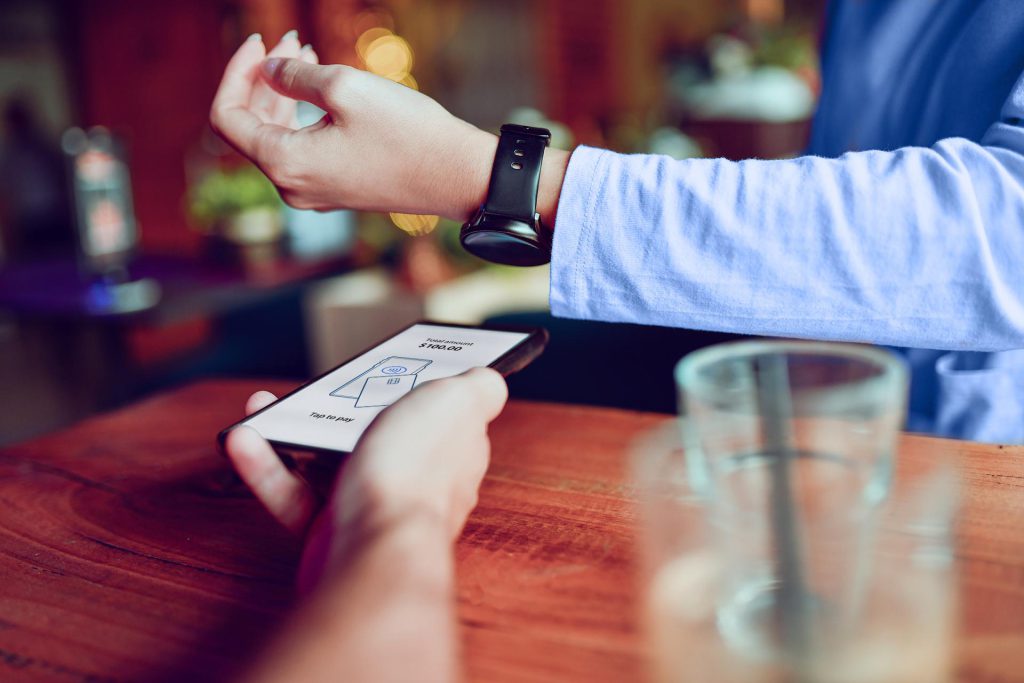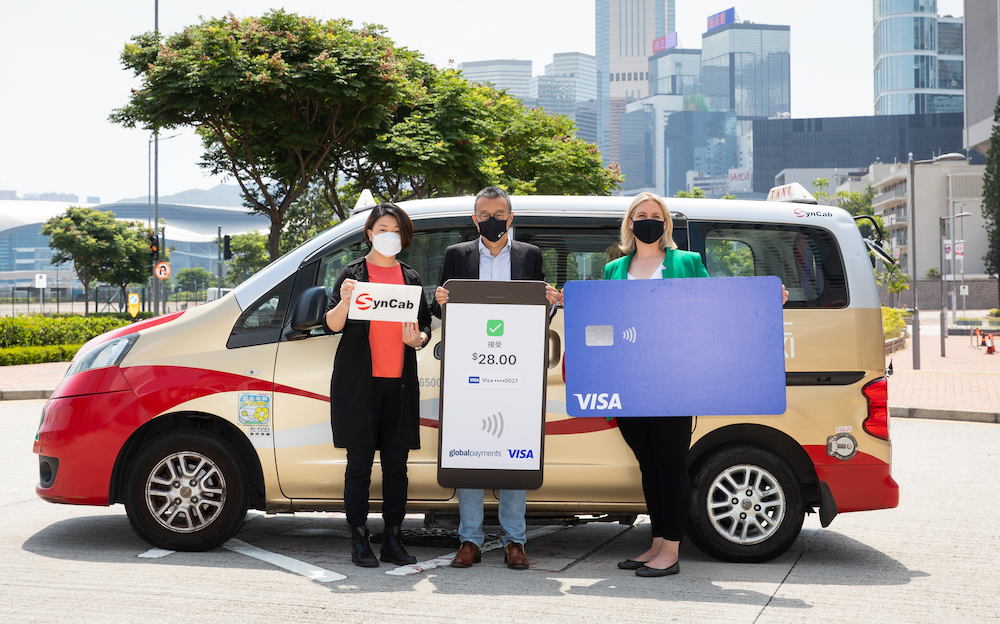Easing the payment process was a key theme explored during the Singapore Fintech Festival 2023. To this end, the Monetary Authority of Singapore (MAS) unveiled two new cross-border systems in partnership with Malaysia and Indonesia respectively.
Singaporeans can now use PayNow to send money to Malaysia with no additional apps or sign-ups required. On holidays to Indonesia, they’ll find merchants using QRIS and NETS QR codes, which can be scanned using their existing banking apps. This will reduce the need to convert and carry foreign currency.
The same applies for Malaysians sending money to Singapore, and Indonesians making payments while visiting the country. All in all, these partnerships are a significant milestone in enabling seamless finance across Southeast Asia.
Alongside the MAS, private companies are also doing their part to aid this mission. Global Payments Inc. has partnered with Visa to launch its Mobile Tap payment solution in Singapore. This service aims to empower merchants to accept payments using only their smartphones.
The need for Mobile Tap payments
As Singapore moves towards a cashless society, merchants have no choice but to adopt new means of payment. This is necessary to compete and reach a wider audience.
So far, QR codes have been a popular choice, often used by small businesses such as hawker centre stalls. While this is convenient for many local customers–who can scan the codes and pay using digital wallets such as GrabPay or services like PayAnyone–it’s not an ideal solution for everyone.
Currently, SGQR codes – Singapore’s standardised QR codes for e-payments – are only supported by a limited selection of global banks and digital payment apps. Tourists–especially those from outside Asia–may have trouble scanning these codes using their usual banking apps. They would have to rely on cash when shopping at small merchants.

Apart from this, QR codes may also prevent customers from receiving the perks of credit card transactions, such as airline miles and cashback rewards. When scanning QR codes with services such as Google Pay or PayAnyone, money is transferred directly from a customer’s bank account–it’s not possible to charge purchases to a credit card.
With these reasons in mind, the appeal of Mobile Tap payments becomes apparent. This solution allows merchants to accept card payments using only their smartphones.
“With Mobile Tap, merchants are using their own smartphone as hardware. As such, POS (point-of-sale) terminal rental fees are not levied,” says a Global Payments representative.
Are Mobile Tap payments safe?
One of the concerns surrounding Mobile Tap payments might be that of security – what if the smartphone receiving payments is infected with malware or programmed to store payment information?
As per Global Payments, this is not a problem to be worried about.
“No matter if it’s Mobile Tap or POS terminals, all payment solutions available for merchants and cardholders are required to attain certification issued by PCI-DSS (Payment Card Industry Data Security Standard). This is the highest level of standard globally recognised by international card schemes associations,” a Global Payments representative explains.

Mobile Tap systems feature a certified security protocol for contactless payment acceptance. All sensitive card data and personal information is encrypted and secure from potential malware attacks.
Generally speaking, contactless payments are known to be more secure than other forms of transaction. They aren’t susceptible to traditional card skimming techniques, which consumers must be wary of when using card readers.
Building a cashless society
Solutions such as Mobile Tap are paving the way towards a fully cashless society. In doing so, they’re overcoming hurdles such as cost and inconvenience, which have plagued this vision in the past.
One of the key advantages of Mobile Tap – beyond the reduced expenses – is mobility. In crowded settings such as restaurants, merchants can easily collect payments at the table without having to retrieve a POS device. This process also improves the customer experience, as diners no longer have to hand over their credit card or wait in line at a designated payment counter.
While smartphone payment acceptance is not an entirely new idea, this is its most user-friendly iteration yet. “Earlier, merchants had to carry an extra hardware device and connect it to their smartphones through Bluetooth or cables. Now, by adopting the built-in NFC technology, [smartphones can be used to accept payments] without the hassle of device-pairing connections.”
With solutions like these, Singapore is well-positioned for the global shift towards digital payments. Ever since the pandemic – which accelerated the development of cashless payments – these transactions have become more and more commonplace.
As per a report by Global Data, cards accounted for a 50 per cent share of the country’s transaction volume in 2023. “The government’s push for a cashless society, the growing digitalization of banking services, and the increased convenience of contactless technology have supported the growth of card-based transactions.”
Featured Image Credit: Global Payments
Also Read: The future of digital money: Singapore sets the standard for stablecoin adoption








